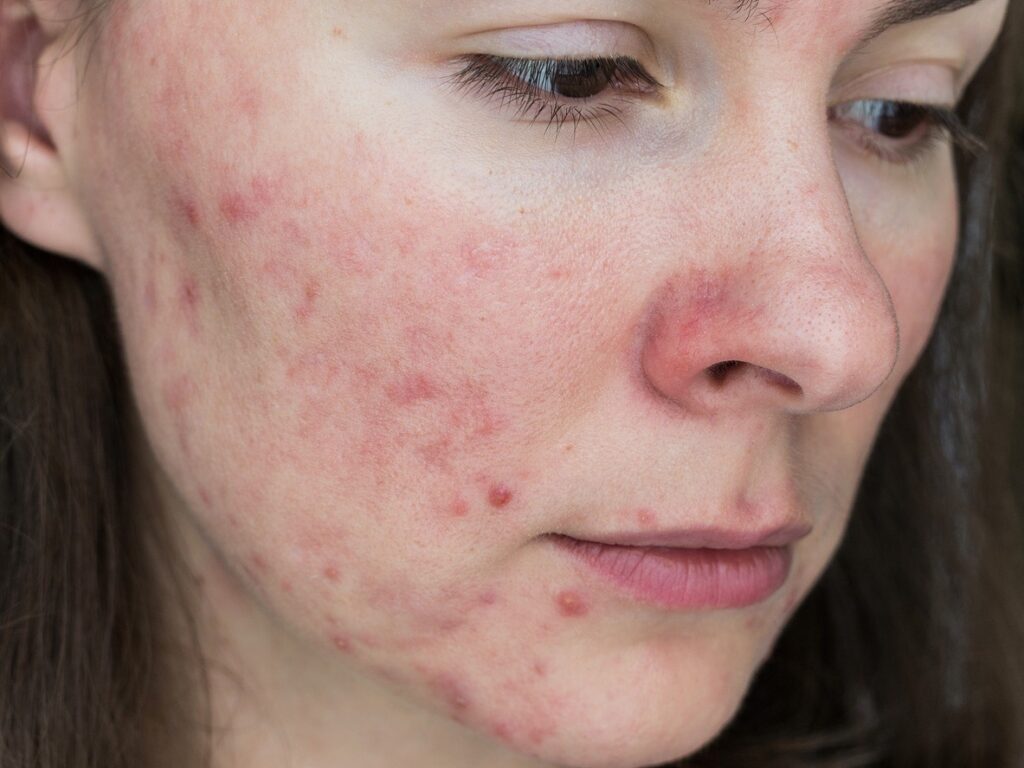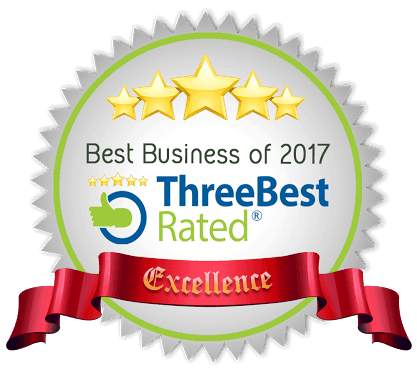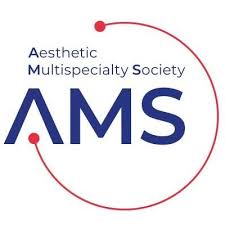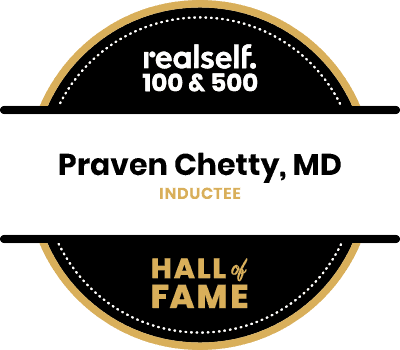
Rosacea is a serious skin condition that not only damages self-confidence, but also has long lasting effects on the skin if left untreated. There are several different types with varying symptoms. We will be discussing signs of rosacea and treatment options; however it is important to schedule a consultation with Dr. Chetty for an accurate diagnosis.
Rosacea Causes
The exact causes of rosacea are not known, however genetic and environmental stimuli play a role. It often appears in the 30’s and is triggered by stress, anxiety, alcohol, spicy foods, caffeine, etc. The triggers overtime contribute to facial redness, flushing, abnormal blood vessels, acneiform lesions, rhinophyma and rosacea affecting the eyes. It cannot be cured, however there are various effective treatment modalities that can improve the appearance of rosacea and decrease risk of it worsening. Accurate diagnosis, trigger reduction and early treatment intervention is key to having positive outcomes.
Rosacea Symptoms
Two important signs that are specific to the diagnostic criteria are persistent facial redness and skin thickening (also called phymatous). Rosacea is further categorized by primary and secondary features; each of these can range in severity from mild to severe. At least two primary or major features must be present for rosacea to be diagnosed and one or more of the secondary features may appear, depending on the diagnosis from the primary features you are exhibiting.
Primary Features
· Flushing (transient erythema or redness): blushing that may be accompanied with warmth or a burning sensation
· Papules and pustules: solid red bumps (papules) or pus-filled pimples (pustules)
· Telangiectasia: visible blood vessels on the cheeks, nose, and other areas of the face
· Eye Irritation: bloodshot, swollen, or watery eyes with frequent crusting and scaling on the lids or lashes
Secondary Features
· Burning or stinging: this sensation comes and goes and may be accompanied with a feeling of tightness in your skin
· Swelling (edema): patches of raised red plaques
· Dryness: rough, scaly skin texture on the central face even if you have oily skin
Types of Rosacea
Different types include varying combinations of the primary and secondary rosacea features. Each subtype diagnosis is classified as mild, moderate, or severe, depending on how significantly the area is impacted.
Subtype 1: Erythematotelangiectatic (ETR) Rosacea
ETR is characterized by persistent facial redness (erythema) and flushing. Telangiectases are also common but not every patient with Subtype 1 rosacea has this symptom.
Subtype 2: Papulopustular Rosacea
Papulopustular rosacea, also known as inflammatory rosacea, is characterized by persistent facial redness and the development of papules, pustules, or both. These usually develop on the central face or around the nose, cheeks, and chin. Patients with Subtype 2 rosacea sometimes experience burning or stinging with their acne.
Subtype 3: Phymatous Rosacea
Phymatous rosacea is associated with rhinophyma because skin thickening and enlargement most commonly occurs on the nose. However, skin nodules and patches of thick skin can also develop on the chin, forehead, cheeks, and ears. These patches of thick, irregular skin (phymatous patches) may also have telangiectases.
Subtype 4: Ocular Rosacea
Ocular rosacea can make your eyes appear watery or bloodshot. Telangiectasia may also develop on the white part of the eye or the surrounding eyelid. Chronic inflammation like styes, conjunctivitis, and blepharitis commonly develop. If ocular rosacea goes untreated, patients are at risk for vision loss.
Treatments
At Cerulean Medical Institute, Dr. Chetty and nurse specialist Isabel Soriano offer a variety of treatments options. Two of our most popular treatments include IPL and vascular laser treatments.
Intense Pulsed Light Photorejuvenation (IPL)
IPL uses light pulses of varying wavelengths to target and reduce generalized redness and abnormal blood vessels in your skin, simultaneously stimulating collagen production. Laser energy targets unwanted pigmentation and telangiectasia, gradually breaking those down the abnormal pigment over time. IPL uses precise technology to direct light pulses into the middle layer of the skin (the dermis) and target pigmentation without damaging the surrounding skin. For best results, a series of 4-6 treatments is recommended. The beauty of IPL procedures are that they are completely non-invasive and require no downtime.
Vascular Laser Treatment
Vascular laser treatment targets abnormal blood vessels, telangiectases and visible facial veins also called spider veins or thread veins. Laser energy targets the abnormal pigment in the blood vessels, reducing them with great efficacy. For vascular lesions associated with rosacea, laser treatment can be used separately or in combination with an IPL treatment. A series of 3-4 treatments is recommended for optimal results. Once your treatments are complete, you can enjoy smooth, unblemished skin with long-lasting results.
Schedule a Consultation
If you are suffering from recurring symptoms, call our Kelowna skin care clinic on (778) 760-5050 today to schedule a consultation at Cerulean Medical Institute. Our dedicated skincare experts will assess your skin and provide an accurate diagnosis with a customized treatment plan that meets your needs.






















